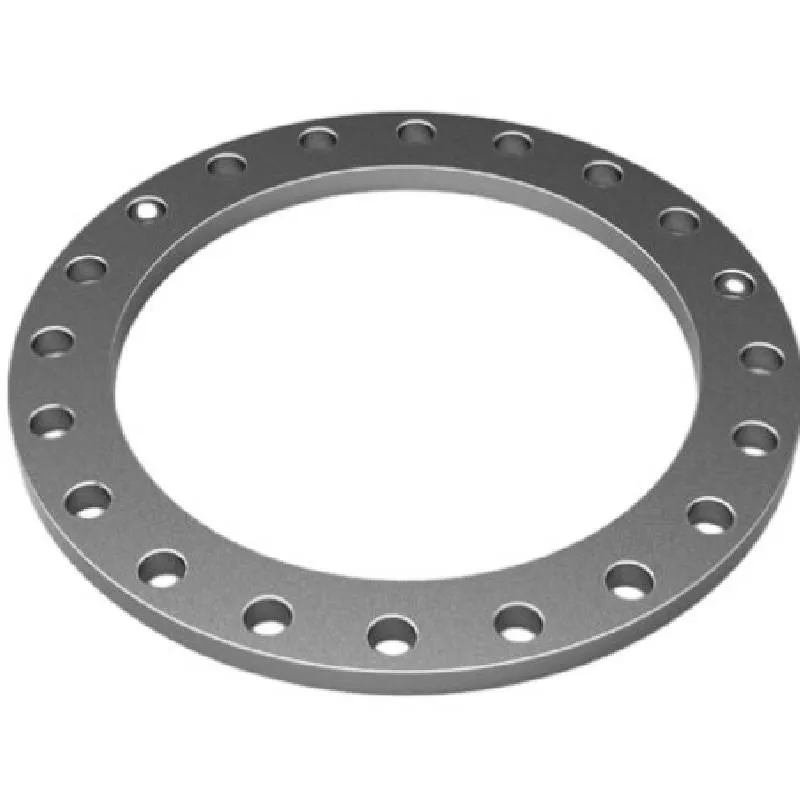-
Cangzhou Yulong Steel Co., Ltd.
-
Phone:
+86 13303177267 -
Email:
admin@ylsteelfittings.com
- English
- Arabic
- Italian
- Spanish
- Portuguese
- German
- kazakh
- Persian
- Greek
- French
- Russian
- Polish
- Thai
- Indonesian
- Vietnamese
- Zulu
- Korean
- Uzbek
- Hindi
- Serbian
- Malay
- Ukrainian
- Gujarati
- Haitian Creole
- hausa
- hawaiian
- Hebrew
- Miao
- Hungarian
- Icelandic
- igbo
- irish
- Japanese
- Javanese
- Kannada
- Khmer
- Rwandese
- Afrikaans
- Albanian
- Amharic
- Armenian
- Azerbaijani
- Basque
- Belarusian
- Bengali
- Bosnian
- Bulgarian
- Catalan
- Cebuano
- China
- China (Taiwan)
- Corsican
- Croatian
- Czech
- Danish
- Esperanto
- Estonian
- Finnish
- Frisian
- Galician
- Georgian
- Kurdish
- Kyrgyz
- Lao
- Latin
- Latvian
- Lithuanian
- Luxembourgish
- Macedonian
- Malgashi
- Malayalam
- Maltese
- Maori
- Marathi
- Mongolian
- Myanmar
- Nepali
- Norwegian
- Norwegian
- Occitan
- Pashto
- Dutch
- Punjabi
- Romanian
- Samoan
- Scottish Gaelic
- Sesotho
- Shona
- Sindhi
- Sinhala
- Slovak
- Slovenian
- Somali
- Sundanese
- Swahili
- Swedish
- Tagalog
- Tajik
- Tamil
- Tatar
- Telugu
- Turkish
- Turkmen
- Urdu
- Uighur
- Welsh
- Bantu
- Yiddish
- Yoruba

Jul . 27, 2024 08:49 Back to list
Techniques and Best Practices for Efficient Industrial Pipe Welding in Modern Manufacturing Environments
Industrial Pipe Welding An Overview of Techniques and Applications
Industrial pipe welding is a crucial process in various sectors, including oil and gas, construction, manufacturing, and shipbuilding. It involves joining metal pipes together using different welding techniques to create strong, durable connections that can withstand high pressure and temperature. Given the extensive applications of pipe welding, it's essential to understand the fundamentals, types of welding methods, safety measures, and the industries that rely on this vital skill.
Techniques of Pipe Welding
There are several welding techniques commonly used in pipe welding, each suitable for specific materials and project requirements
. Some of the most prevalent methods include1. Shielded Metal Arc Welding (SMAW) Also known as stick welding, this method uses a consumable electrode coated in flux. The heat generated from the electric arc melts the electrode and the base metal, forming a strong bond upon cooling. SMAW is versatile, used for various materials, and can be performed in different positions.
2. Tungsten Inert Gas (TIG) Welding TIG welding employs a non-consumable tungsten electrode to produce the weld. An inert gas, such as argon, shields the weld area from contaminants. This method is ideal for welding thin materials and offers high precision, making it popular in industries such as aerospace and piping applications.
3. Gas Metal Arc Welding (GMAW) Also known as MIG welding, GMAW utilizes a continuous solid wire electrode fed through a welding gun. An inert gas protects the weld area, allowing for high-speed welding with minimal cleanup. This method is commonly used in fabrication and manufacturing due to its efficiency.
4. Submerged Arc Welding (SAW) In this technique, the welding arc is submerged under a layer of granular flux, eliminating exposure to the atmosphere. This method is suitable for thick sections and continuous welds, often used in large-scale industrial applications, such as shipbuilding and pipeline construction.
industrial pipe welding

Applications in Various Industries
The applications of pipe welding are vast and critical to many industries. In the oil and gas sector, pipe welding is essential for constructing pipelines that transport crude oil, natural gas, and other materials. These pipelines must be welded with great precision to withstand extreme conditions and prevent leaks.
In the construction industry, pipe welding is employed in the installation of HVAC systems, plumbing, and fire protection systems. Properly welded pipes ensure the safety and efficiency of these systems, which are vital for modern infrastructure.
Shipbuilding also heavily relies on pipe welding for creating piping systems within vessels, including fuel, water, and waste management systems. These welds must withstand the harsh marine environment, making quality and durability paramount.
Safety Measures in Pipe Welding
Welding, while an essential skill, poses several safety risks, including exposure to harmful fumes, electric shock, and burns. Therefore, safety measures are critical in any industrial welding environment. Workers should wear appropriate personal protective equipment (PPE), including welding helmets with proper filters, gloves, and flame-resistant clothing. Adequate ventilation and fume extraction systems should be installed to minimize exposure to hazardous fumes, and workers must be trained in emergency response procedures.
Conclusion
Industrial pipe welding is a foundational process that supports a wide array of applications across various industries. By understanding the different welding techniques, their specific applications, and the importance of safety measures, professionals in the field can ensure the creation of strong, reliable pipeline systems that meet the demands of modern infrastructure. Whether in oil and gas or construction, the art of pipe welding remains a vital skill that will continue to underpin industrial operations for years to come.
Latest news
-
ANSI 150P SS304 SO FLANGE
NewsFeb.14,2025
-
ASTM A333GR6 STEEL PIPE
NewsJan.20,2025
-
ANSI B16.5 WELDING NECK FLANGE
NewsJan.15,2026
-
ANSI B16.5 SLIP-ON FLANGE
NewsApr.19,2024
-
SABS 1123 FLANGE
NewsJan.15,2025
-
DIN86044 PLATE FLANGE
NewsApr.19,2024
-
DIN2527 BLIND FLANGE
NewsApr.12,2024
-
JIS B2311 Butt-Welding Fittings LR/SR 45°/90° /180°Seamless/Weld
NewsApr.23,2024











